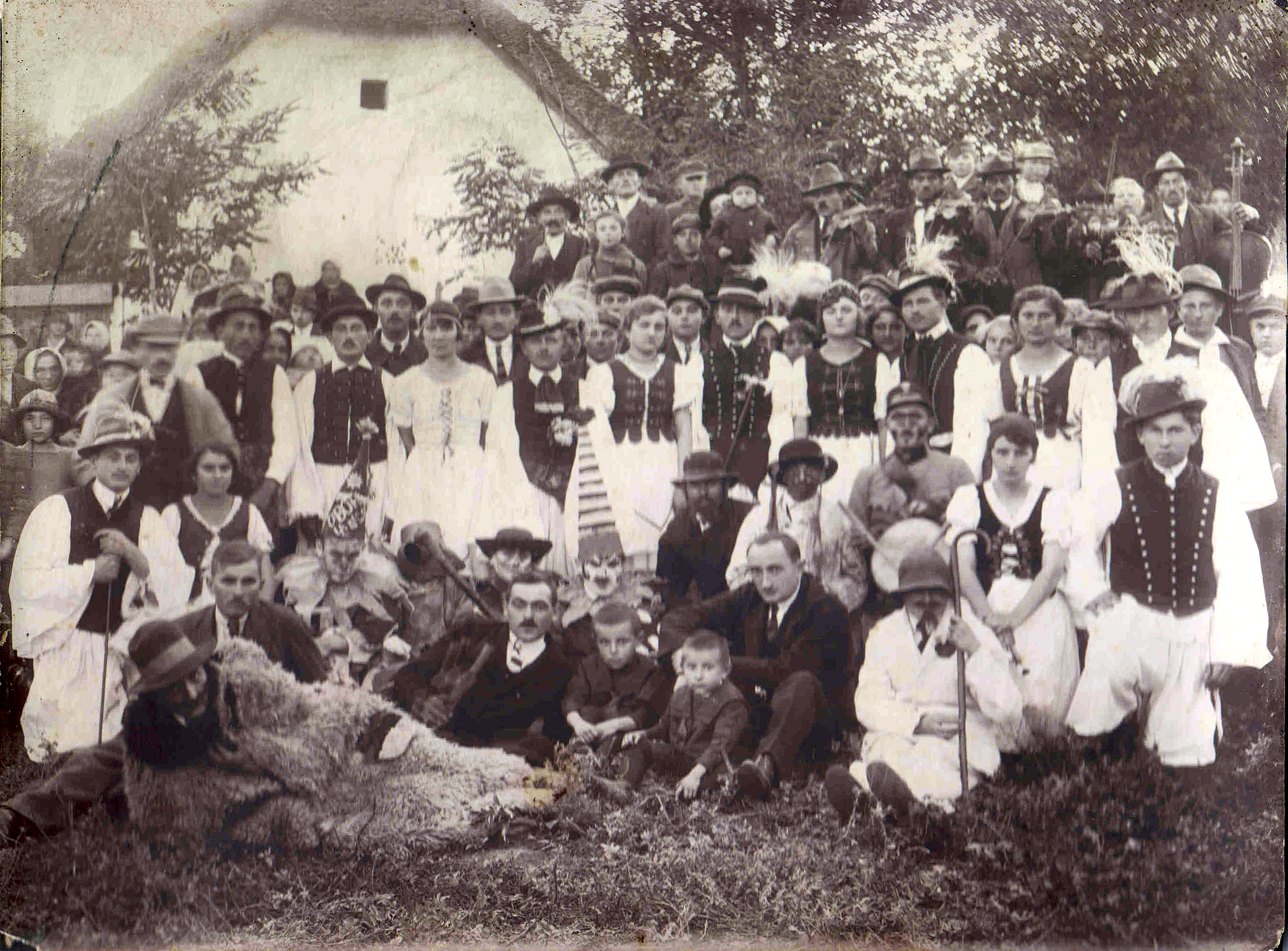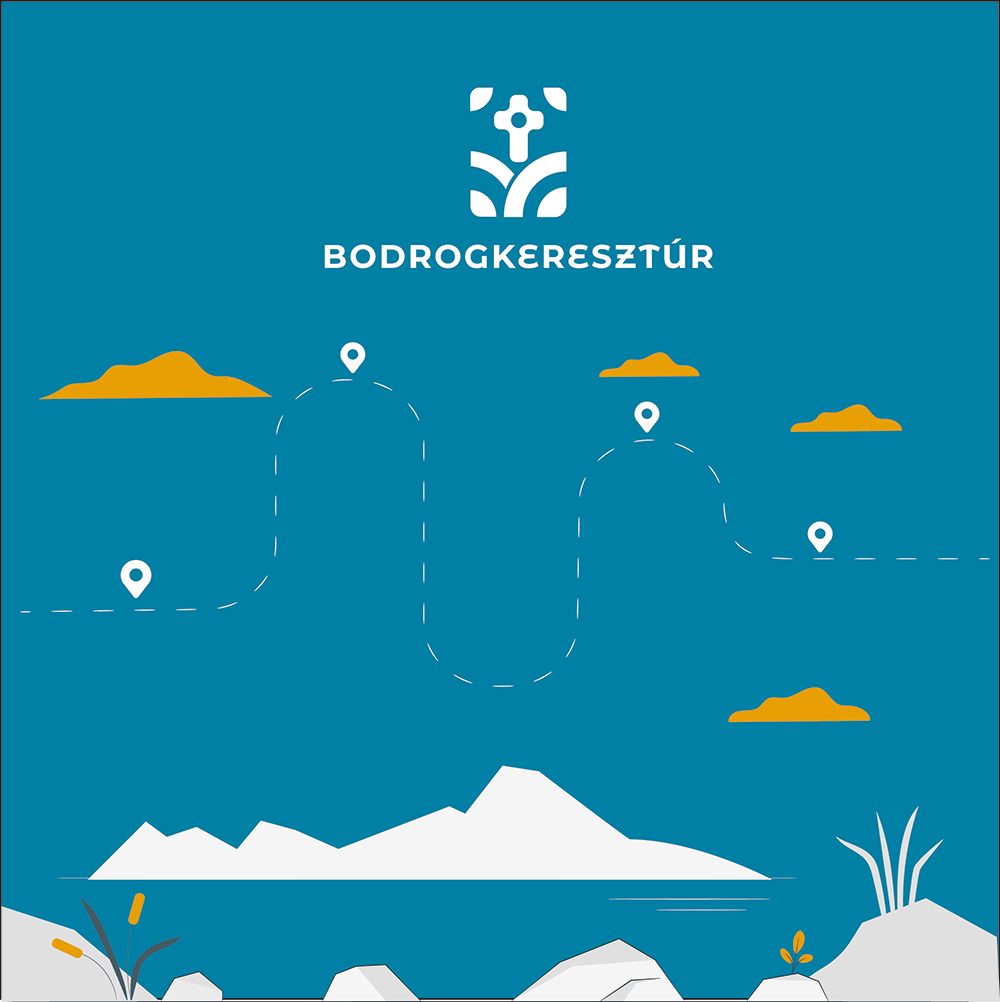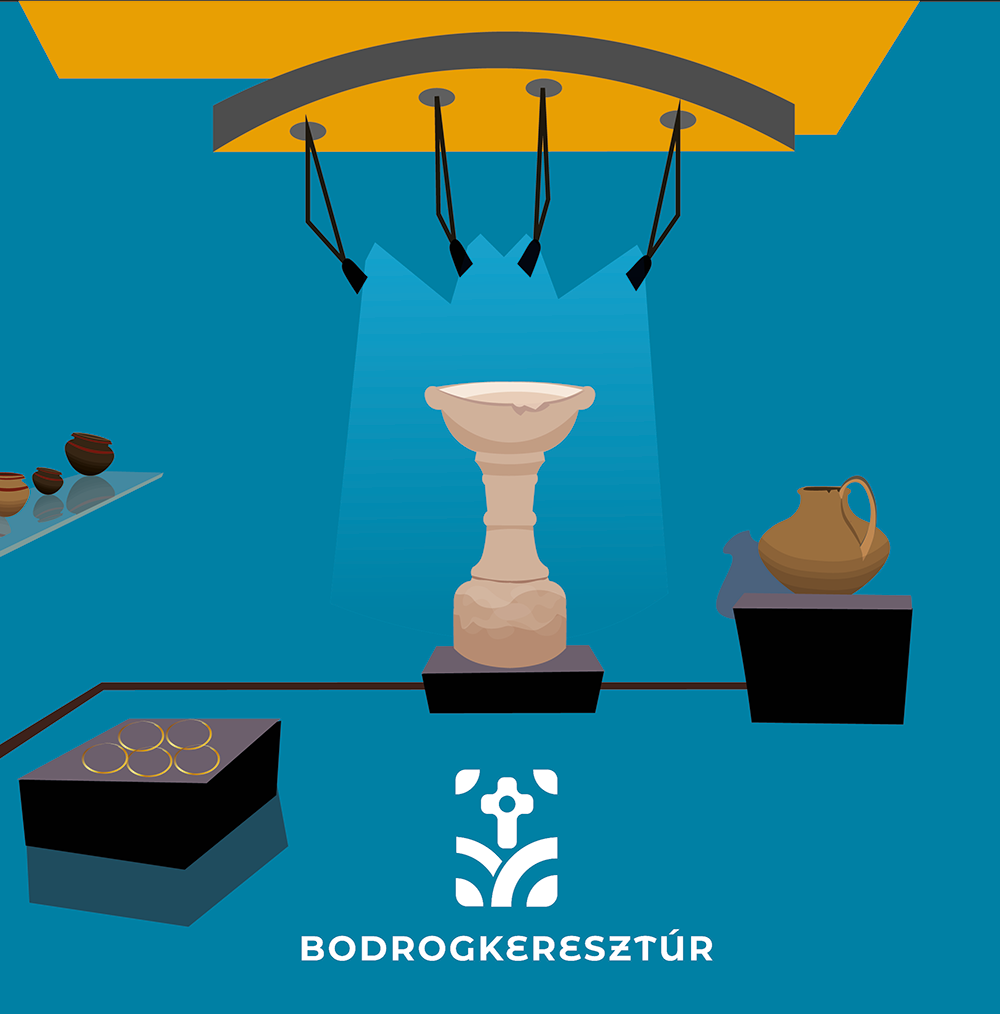Exhibition room: History of the settlement - 20th century

20th century
In the first half of the 20th century, Bodrogkeresztúr became the property of special personalities who played a prominent role not only in the life of the village, but in the life of the whole Tokaj-Hegyalja region.
When Oswald Anton, count of Wolkenstein, a descendant of the Rákóczi family, moved to the village in the 1880s, he built the mansion at the foot of the Dereszla hill, which is now a home for the elderly. In the early 1910s, the count began to sell his mines and estates one by one, and after his only son died a heroic death in World War I in 1915, he moved from Bodrogkeresztúr and passed his estates to his heirs, Count Ernő Széchényi-Wolkenstein and his wife, born Baroness Maria Sennyey, who settled permanently in Bodrogkeresztúr in 1920.
Ernő Széchenyi, Count, Imperial and Royal Chamberlain, was a descendant of the Széchenyi family. He was allowed by the emperor to take the name of Széchenyi-Wolkeinstein in 1916. In May 1904, he married a former lady-in-waiting of Queen Elisabeth, Mária Sennyey, 3 years his junior, in whom he found a spiritual and intellectual companion.
During the blood storm of World War I, they set up a Red Cross Hospital in Sátoraljaújhely at their own expense, also led by the Countess herself, and later they started the People's Kitchen in Újhely. Local reports from the first half of the 20th century are full of the Count and Countess's charitable activities.
The Countess started her own orchard on the estate, which was both an economic and missionary activity for her. Before the war, she wrote a technical book entitled 'Planting and caring for dwarf fruit trees', which was published in three successive editions between the two world wars. Thanks to her activities, by the 1930s a nursery had been established in every village in Zemplén. She was involved in the implementation of the Ministry of Agriculture's fruit development programme, and she was elected honorary president of the National Pomological Society.
Her husband was one of the most popular magnates in the whole of the Highlands, whose charity and philanthropy were well known. He created a small museum of the region's treasures in his house, and he was also a first-rate craftsman, designing and furnishing his salon and study room himself. From 1921 onwards, the count financed the excavations on the Dereszla hill with his own money and tried to do everything in his power to ensure that the treasures he found would not be exported. Until his death in 1936 he played a significant role in the public life of the county.
The former count's castle was converted into a social home after the Second World War, and although local legend has it that the old countess herself was a resident of the home until a former tenant took it over, we know that she did not survive the period of nationalisation after her death in 1945.
Routes with audioguide
Show all


